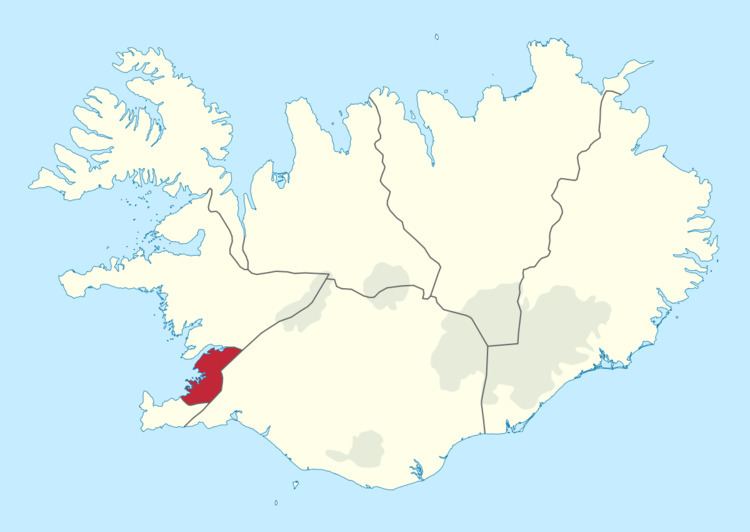Population 213,619 (2016) | Area 1,042 km² | |
 | ||
Clubs and Teams Valur, Stjarnan, Breiðablik UBK Points of interest Golden Circle, Hallgrímskirkja, Harpa, National Museum of Iceland, The Sun Voyager Colleges and Universities University of Iceland, Iceland Academy of the Arts, Reykjavík University, Iceland College of Education | ||
Greater Reykjavík (Icelandic: Höfuðborgarsvæðið, meaning "The Capital Region") is a name used collectively for Reykjavík and six municipalities around it. The area is by far the largest urban area in Iceland. Each municipality has its own elected council. Greater Reykjavík's population of 213,619 is over 60% of the population of Iceland, in an area that is only just over 1% of the total size of the country. The size of the greater Reykjavík area is calculated from the area of its constituent municipalities, including large areas of hinterland, not the much smaller urban core of about 200 km2 (77 sq mi) Municipal governments cooperate extensively in various fields: for example waste policy, shared public transport and a joint fire brigade.
Contents
Map of Capital Region, Iceland
Population and size
Of the seven municipalities that make up the Greater Reykjavík area, Reykjavík is by far the most populated with 122,460 inhabitants; Kjósarhreppur is the least populated with only 217 residents, but has the largest area: 287.7 km2 (111.1 sq mi). Seltjarnarnes is the smallest municipality with an area of 2.3 km2 (0.89 sq mi).
